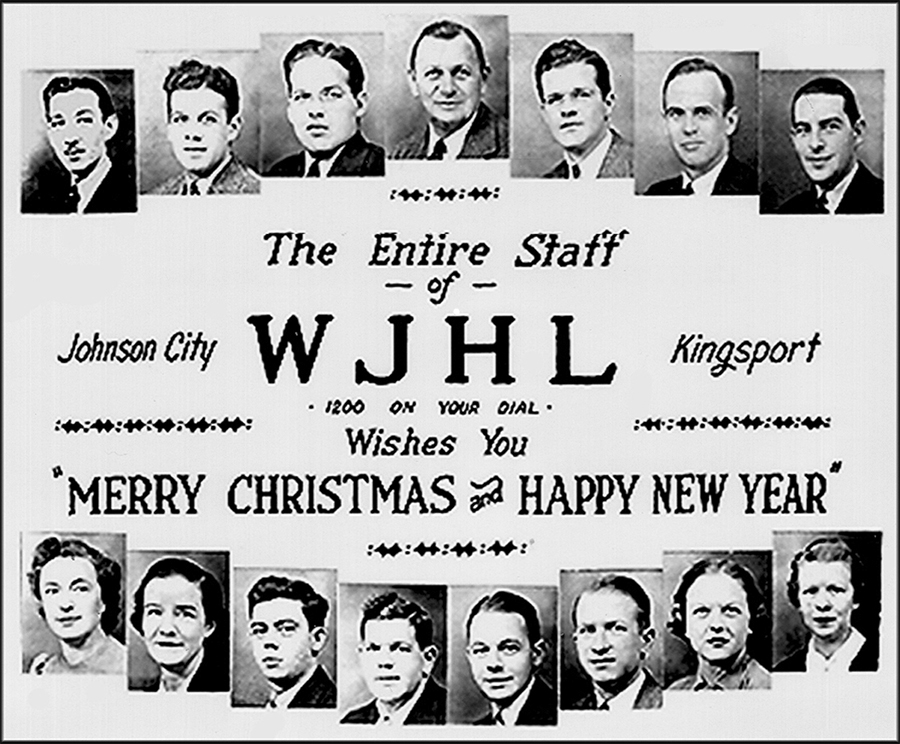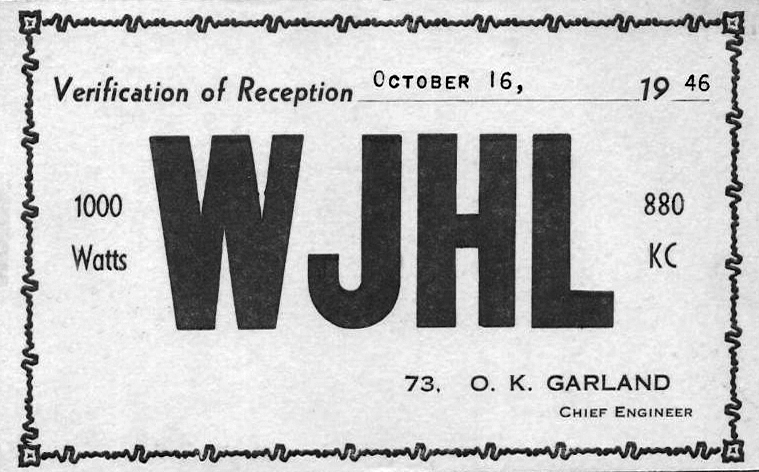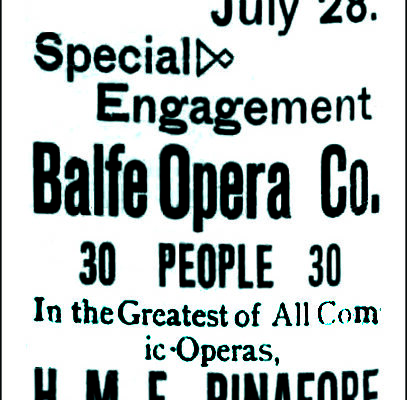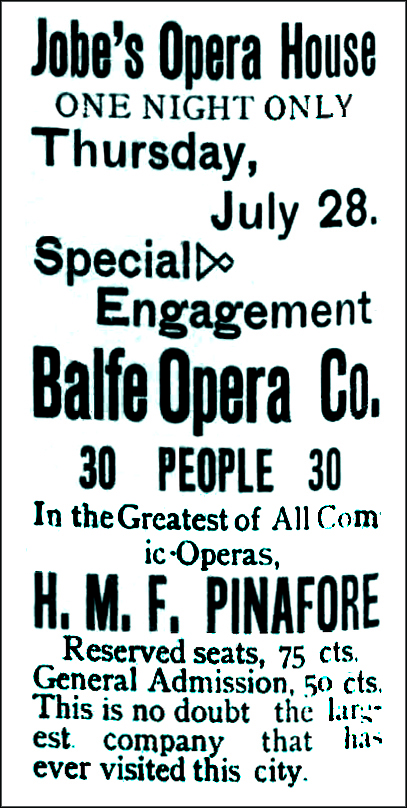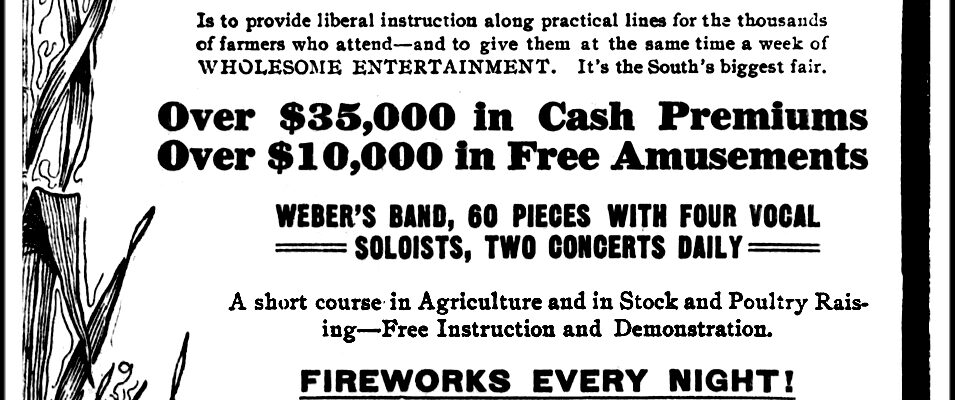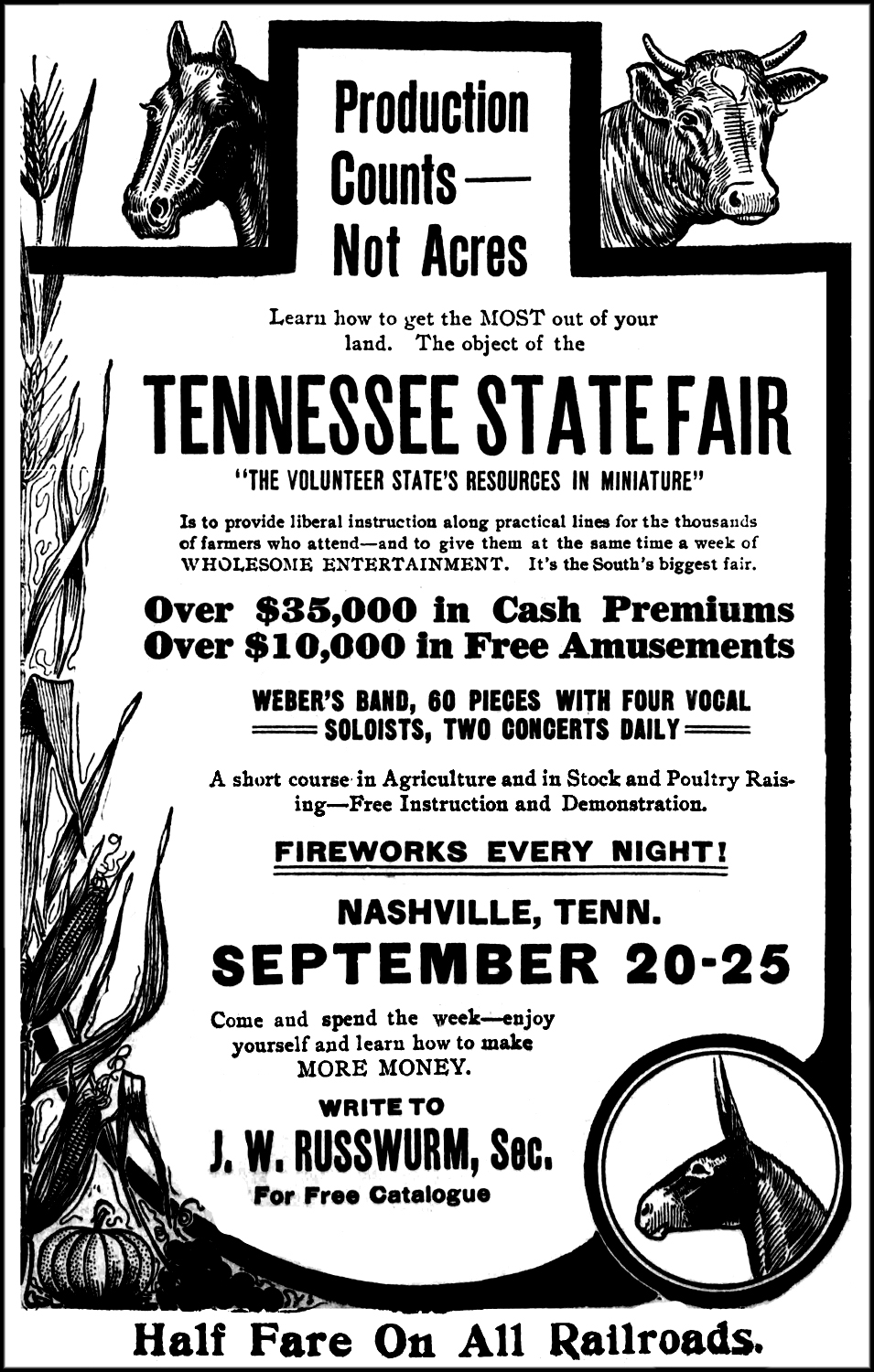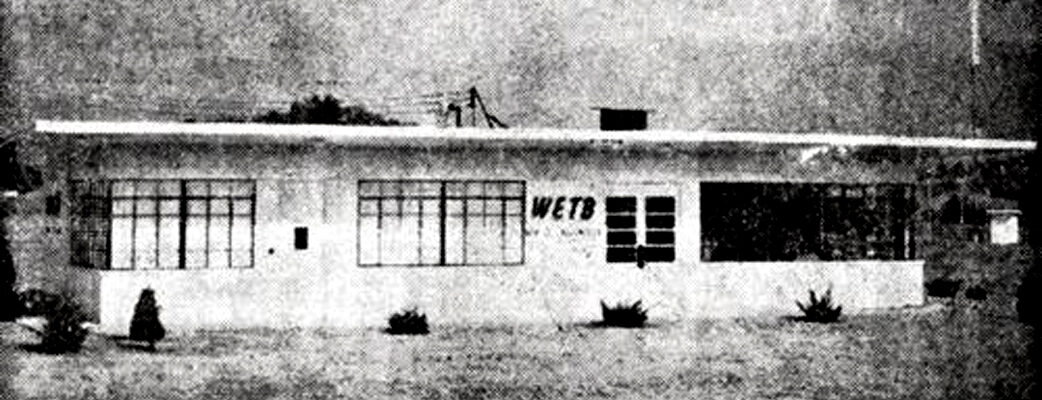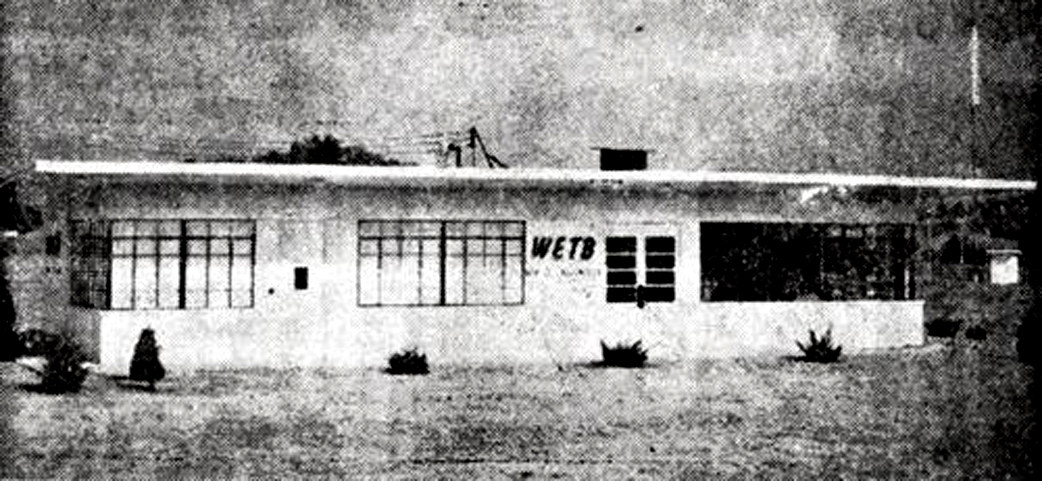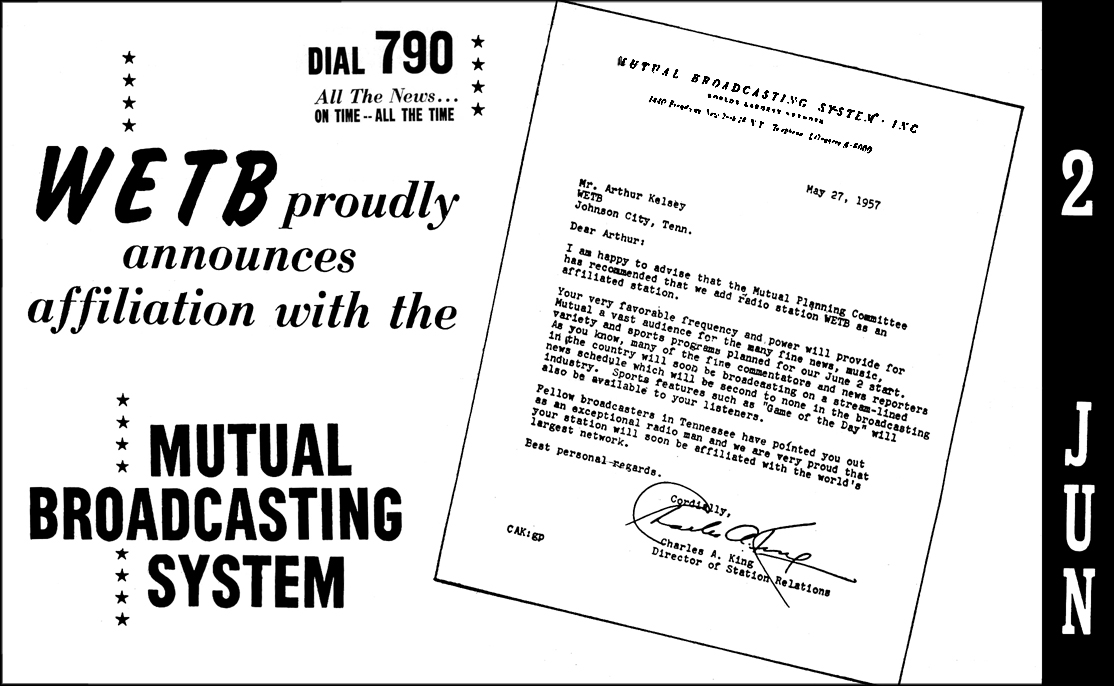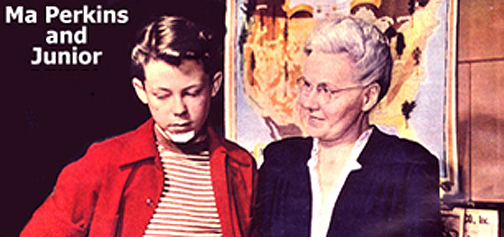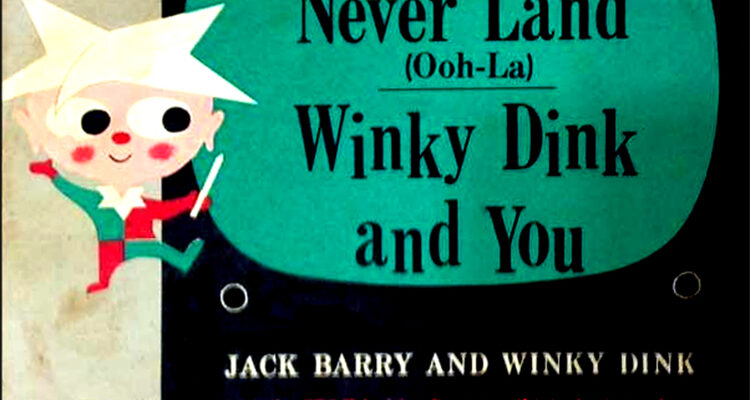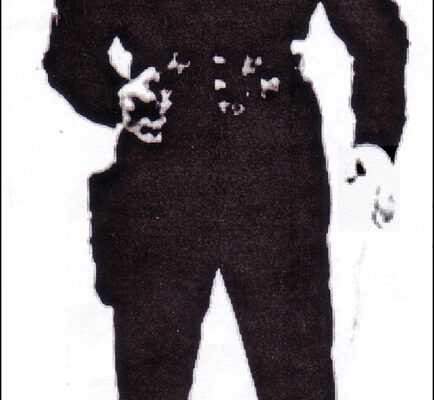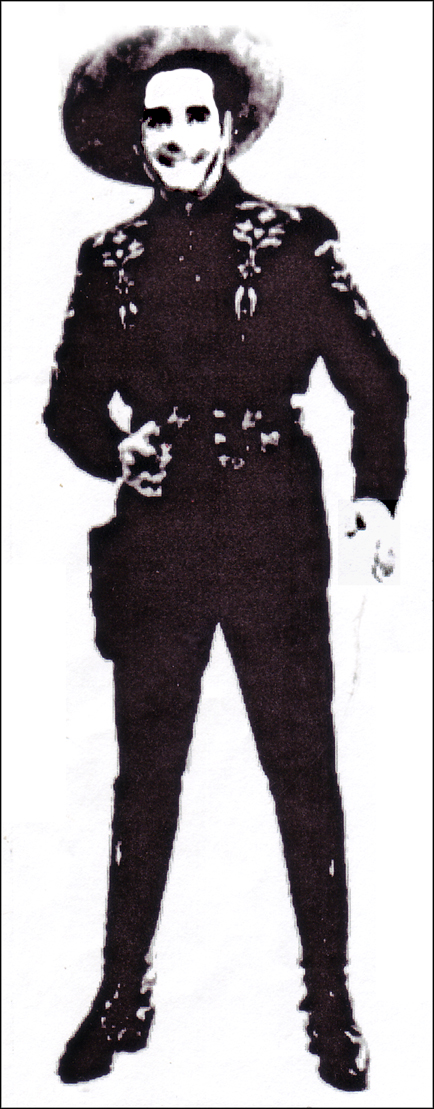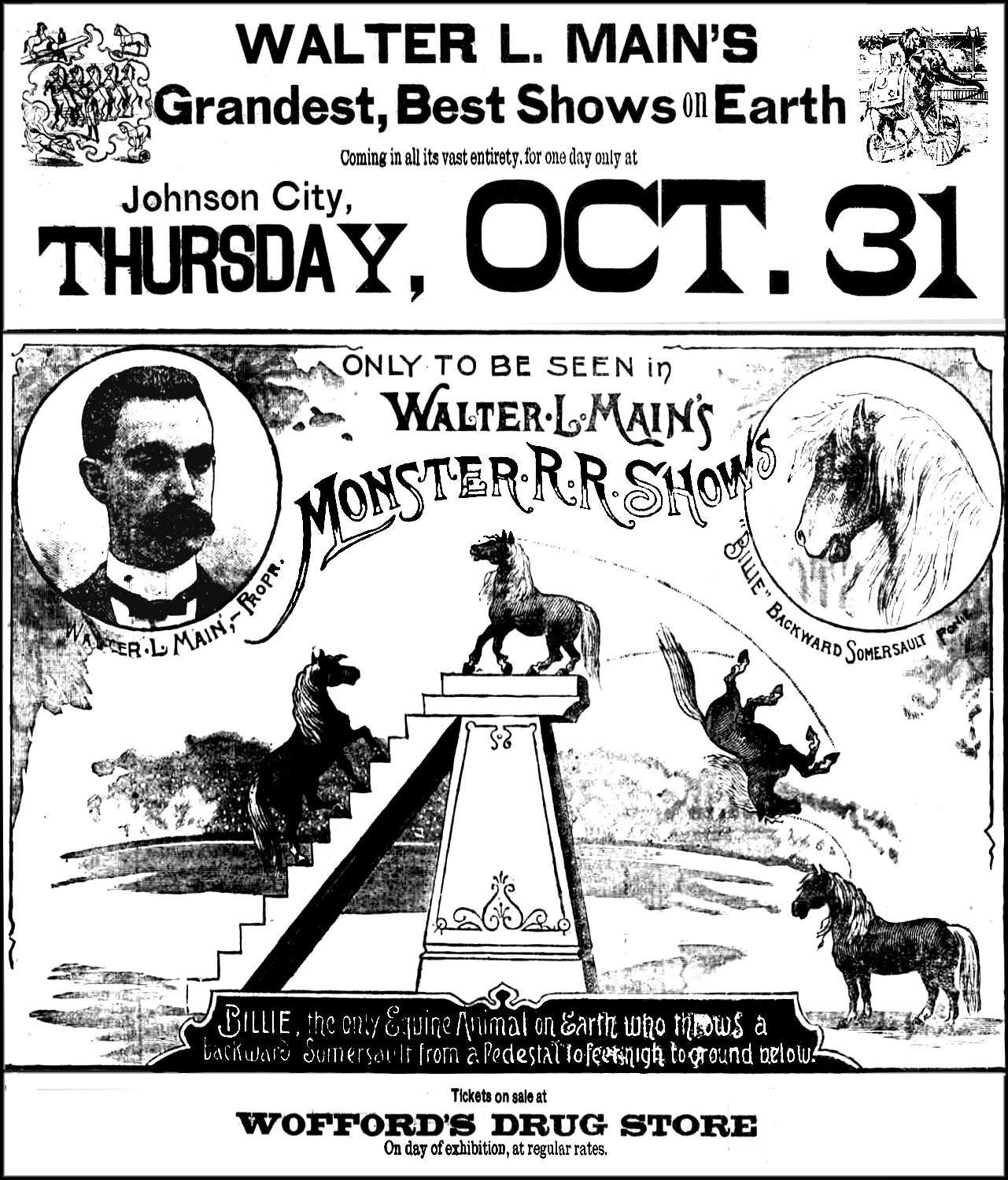The Country Gentleman magazine once provided a way for its readers to claim cost-free copies of Zane Grey books. Zane Grey’s absorbing romance of love and adventure in The “Man of the Forestö was published in March 1922.
Worried, fighting mad, armed for vengeance with all his hunter’s instinct alert, Milt Dale, “The Man of the Forest,ö crashes though the treacherous mountain trails, his trained eye searching for tracts of horses.
For into this forest, kidnappers in the hideout of Harvey Riggs had kidnapped Milt’s sweetheart, Helen Raynor and her sisters. Somewhere in these wilds, they were defenseless, perhaps in danger. Wherever, they are, Milt must find them pronto, therefore he crashes on.
There is a real Zane Grey situation: tense, dramatic, and full of action. There are his typical giants of honest courage and those of ruthless villainy. And there are the clean, strong women who move through his romances.
If you have ever enjoyed a Zane Grey story, and what adventure-loving red blooded American hasn’t!, you won’t hesitate to let us give you this book cost free.
You may have, without charge, any or all of these favorite books by America’s most popular author:
The Mysterous Rider- “Hell Bentö Wade, riding into Belllounds Ranch in search of the man who killed his wife, meets strange adventures.
Wildfire- Lucy Bostil, a daughter of the western plains, shares adventures and dangers with Wildfire, her spirited stallion.
The Last Trail- A glorious tale of the old Ohio frontier and the dramatic defense of Fort Henry. Against the attacks of Indians and renegades.
The Light of the Western Stars- The Western ranch of a New York girl becomes the center of bitter warfare between cattlemen and bandits.
The Spirit of the Border- A vivid, unforgettable account of the lives and loves of the sturdy frontiersmen of our history history.
Zane Grey’s photograph can be seen above. Scenes from the photo-play version of the “Man of the Forest.’
Let me inject a personal note. Several years ago, I acquired 31 tan and red volumes, each being about one inch thick. My favourite was “The Dude Ranger.ö It seems that one of the ranch workers, Ernest Selby, inherited a cattle ranch in Arizona. Someone had been rustling cattle there. So the rightful owner aquired himself an alias and signed on as a ranch hand to see what he can find out. Of course, after all is said and done, the guilty varmet(s) is duely identified and sent off into the sunset never to return. Surely they must have lived happily ever after.ö After all… all that is well ends well.

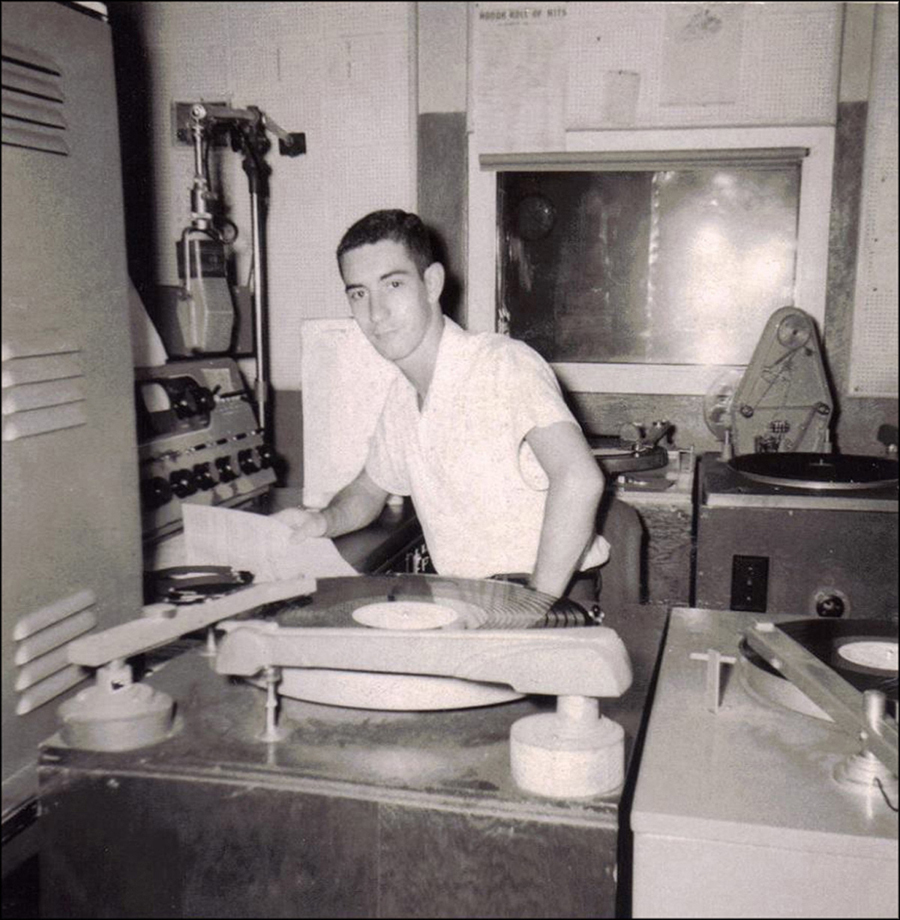 Former radio personality, Joe Goodpasture, provided me with his thoughts about radio, wishing he could go back and do it again. According to Joe:
Former radio personality, Joe Goodpasture, provided me with his thoughts about radio, wishing he could go back and do it again. According to Joe:
